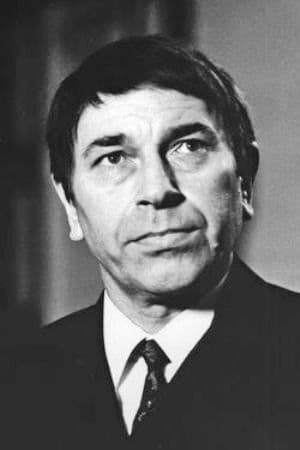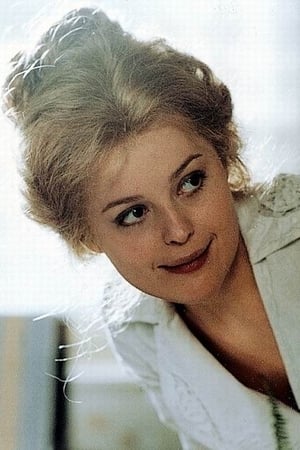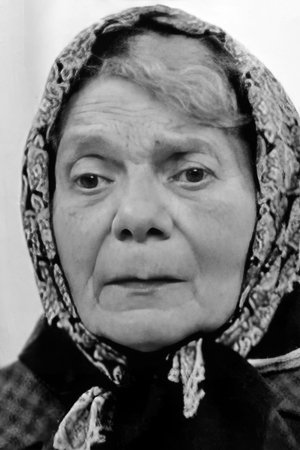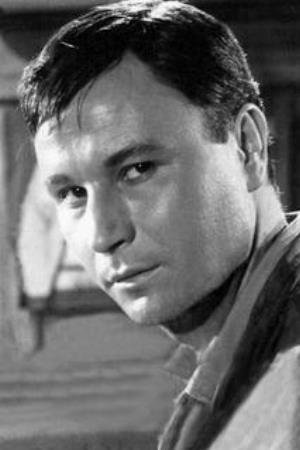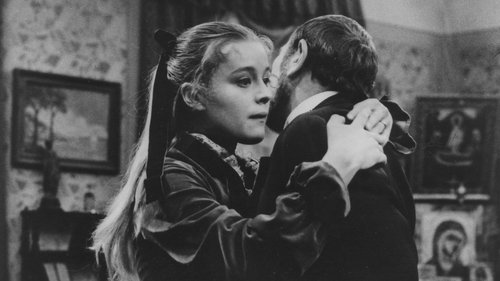
Aqueronte72
9
|
ago. 15, 2024
Barabáš respects in this masterpiece both (a) the in extremis res format of Dostoevsky's narrative, and (b) the unspeakable ruin of the human soul due to its immoderate arrogant nature due to greed and its madness to fill itself with beauty that in the Bottom line was nothing more than concupiscence. It is not strange that Dostoevsky - and therefore Barabáš - begins with the suicide of the troubled 16-year-old girl. The strange thing would be that the author of Crime and Punishment, who half a century before Nietzsche went ahead, in his last unfinished work Brátya Karamázovy, to affirm that God is dead, would have been interested in infecting the spectator reader with suspense and perplexity with self-defenestration. of the unfortunate wife. Dostoevsky cared little or nothing about impacting a brutal event in history. He cared about the metacognition of the characters, that is, the psychological and therefore personal considerations they had about worldly considerations and for which they committed or omitted their life actions. That is why Barabáš makes an impeccable adaptation of a universal masterpiece, because thanks to the narrative retelling we understand that the wife is not the victim and the lender is not the culprit or evildoer, despite the sin of greed, of course. Barabáš does not omit an essential part of the story; I am referring to the one where Goethe's Mephistopheles is quoted, when for the umpteenth time, the young girl takes the icon of the Virgin and Child to the pawn shop; The usurer invites her to take the sacred icon and only keep the silver and gold frame, and offers her 10 rubles. But she answers, I don't need ten, just 5 rubles. "Don't you want the 10? THE icon is worth it"; and the old moneylender adds, "don't despise anyone, I too have been in such trouble, if not worse, and if you see me now involved in this business it is because of what I have had to endure." And the young woman, smiling slyly, tells him: "Is it his revenge against society?" and the usurer quotes Goethe: "Look, I am a part of that social whole that desires to do evil and always ends up engendering good."The ambiguity of values runs through the entire work. Later on, the moneylender narrator who, let us remember, is from the beginning of the story in front of the corpse of his suicidal wife, will also say "Who was worse for her, a vagabond merchant or a usurer who quote Goethe's Faust? It seems to me that it was necessary to make this note because, at first glance, it would seem that we are faced with the common and simple story of a young orphan girl, (whose aunts who by the way - like Lukeria Dmitrievna - received 100 rubles each as a dowry), who By marrying a man over 40 years old, she was only looking to get out of her miserable life, extremely exploited in domestic work and without knowing how they would end the day. The emphasis is that the lender does not consider that he is taking advantage of the underage girl, simply chaining her to another type of enslaving life, with an old man who could not make her happy; Nor does it occur to her, the happy bride, that she is despicable because of her precariousness. The cinematography has a rhythmic rhythm with a New Wave flavor, photography and constant stylistic voice changes that, intermittently, slow down again in ostensible language and obvious mimicry. For example, at the moment of the wedding, the choirs occupy the atmosphere and suddenly, in the carriage, we only hear silence and the carriage itself, remembering one of those fleeting silent sequences from the Cinema in the 1920s and early 1930s; then the "soundtrack" changes after the first wedding night, and a melody palpates the development with the young girl in bed surrounded by antique clocks and art figurines, a prelude to the tedium to which the couple inevitably heads even if the husband takes her to the opera and taught him how to shoot with a revolver.

